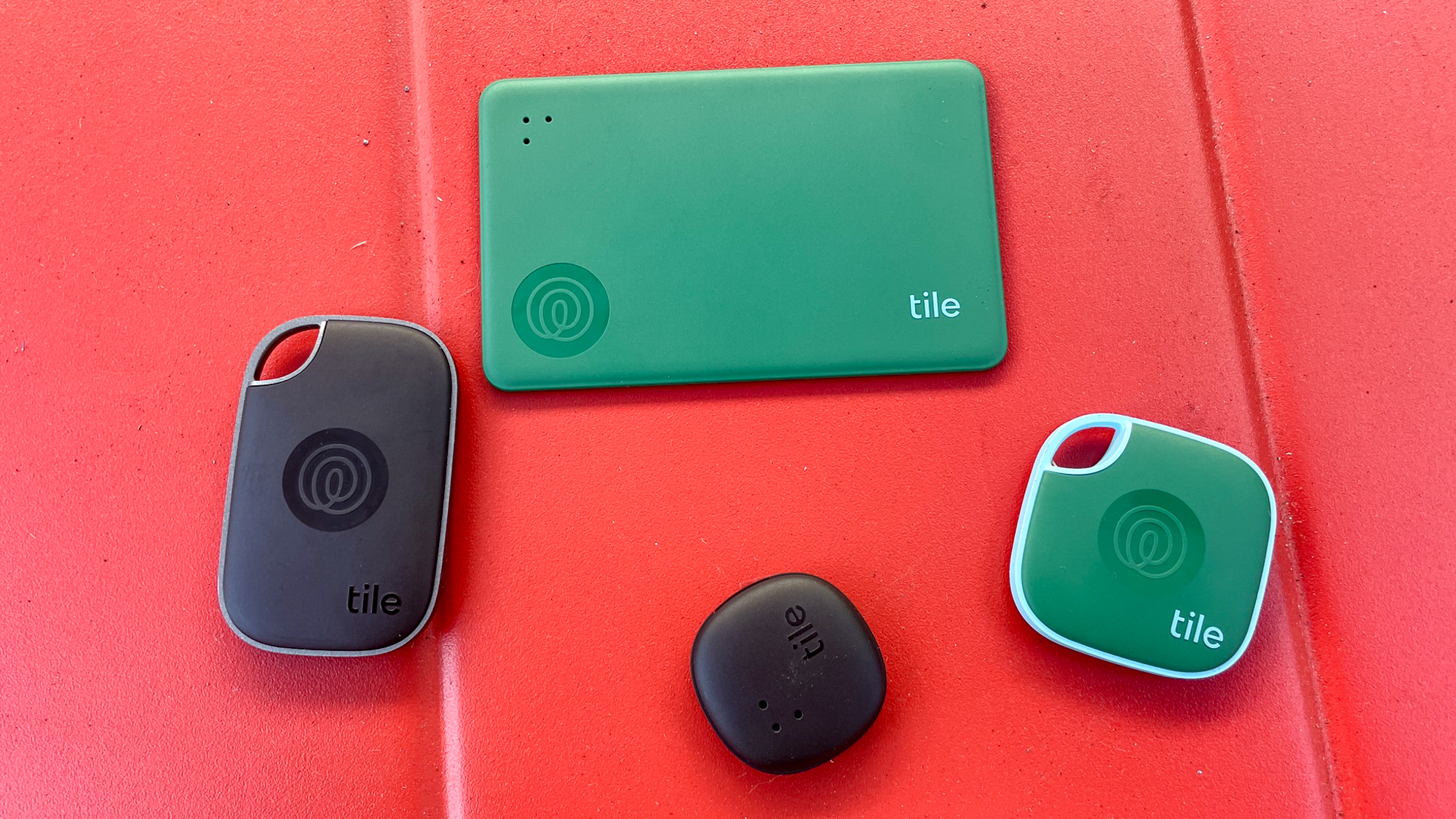Tech
Latest about Tech

Walmart Plus — everything you need to know
By Louis Ramirez last updated
Walmart Plus is a $98 membership service that offers unlimited free delivery and more.

Out of print soon: Save on select HP printers and PCs with the HP Tech Event at Staples, ends 11/01
By Benjamin Newman published
Don't miss big savings on HP's AI-powered PCs and printers

The best power banks for travel, work, and emergency charging — tested in the real world
By Jason England last updated
Need to keep your devices going while you're on the go? The best portable chargers to keep them juiced up.

Best key finder in 2025: AirTag vs. Tile vs. SmartTag vs. Chipolo
By Philip Michaels last updated
These are the best key finders and Bluetooth trackers for finding lost keys, wallets, phones or anything else that is easily misplaced.

Buttonless iPhone on the horizon, massive Amazon layoffs and more: today's Tech News LIVE
By Dave LeClair last updated
The tech world moves fast, and we're following it closely to bring you the biggest stories as they happen.

Chipolo Pop review: A great Android alternative to Apple's AirTag
By Tom Pritchard published
Loud alarm and cross-platform support make this tracker stand out

45 best gifts under $25 — affordable options for everyone on your list
By Millie Davis-Williams last updated
I found gift ideas for everyone under $25 — check out my top picks from Lego, Adidas, Amazon and more.

How the AWS outage happened — and why it's broke the internet
By Amanda Caswell published
A massive AWS outage took down parts of the internet today — from Alexa and Snapchat to Fortnite and banking apps. Here’s what really happened, and why one small glitch caused such big chaos.
Here at Tom’s Guide our expert editors are committed to bringing you the best news, reviews and guides to help you stay informed and ahead of the curve!


